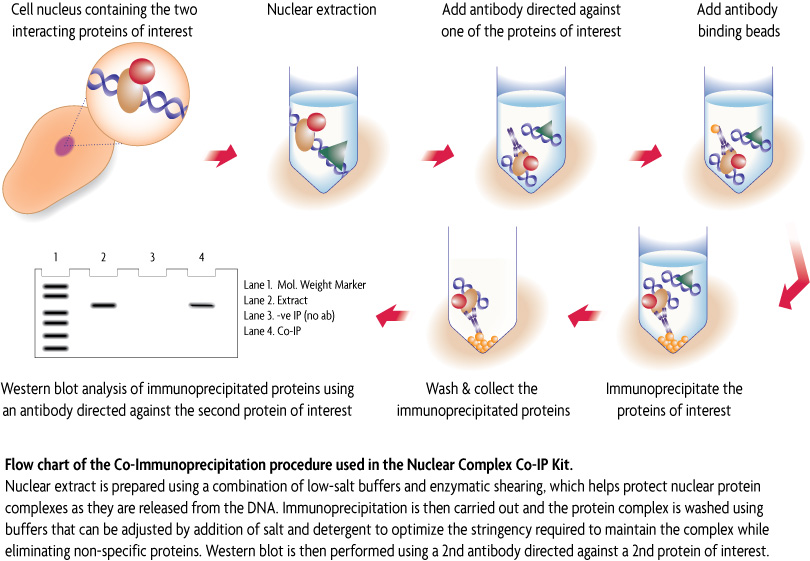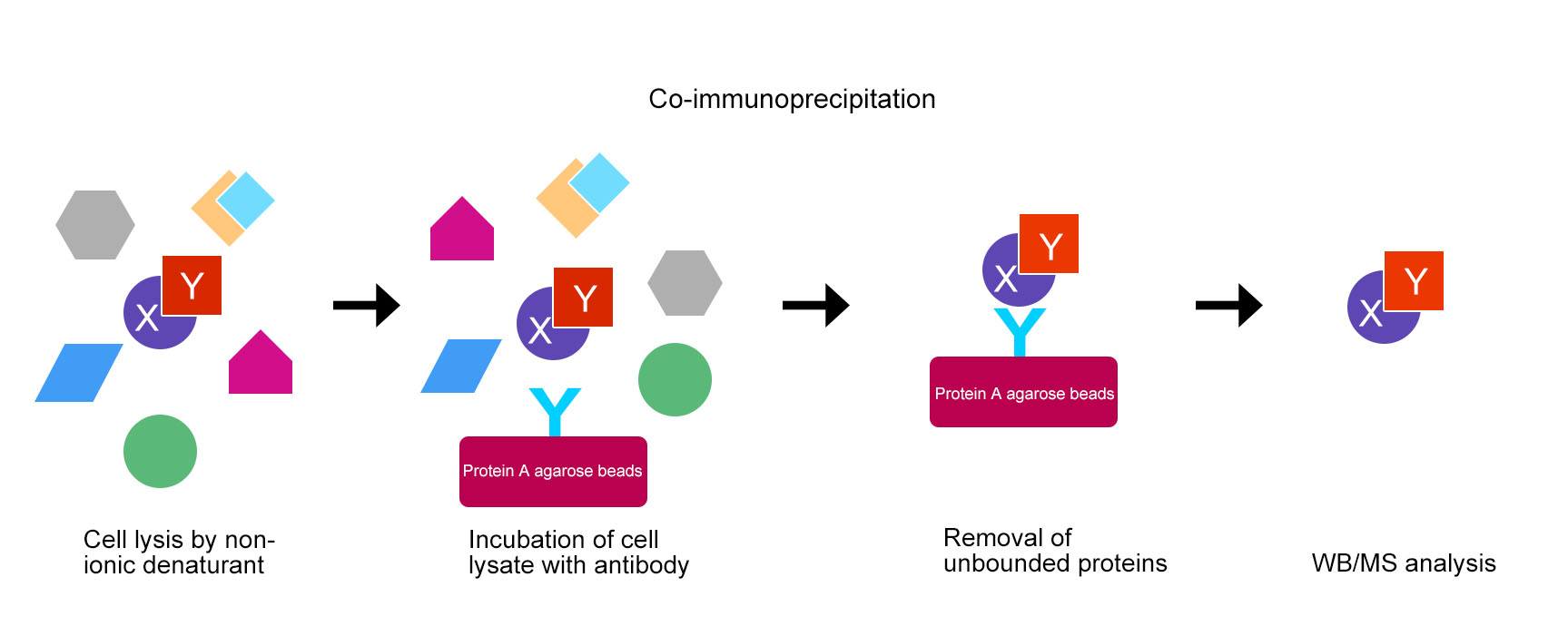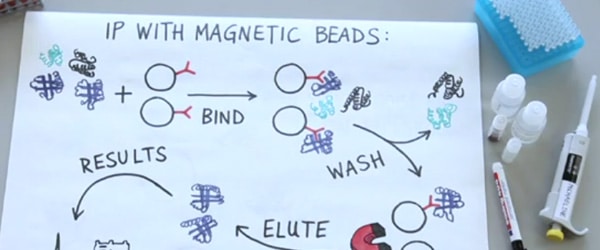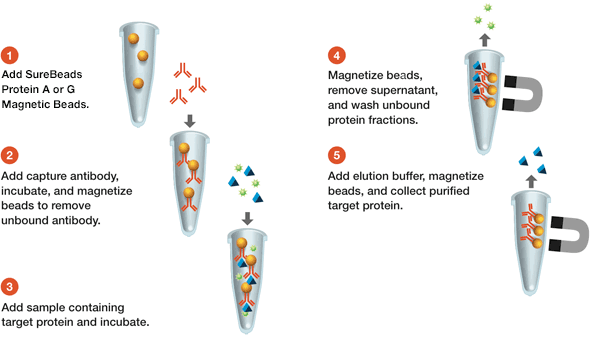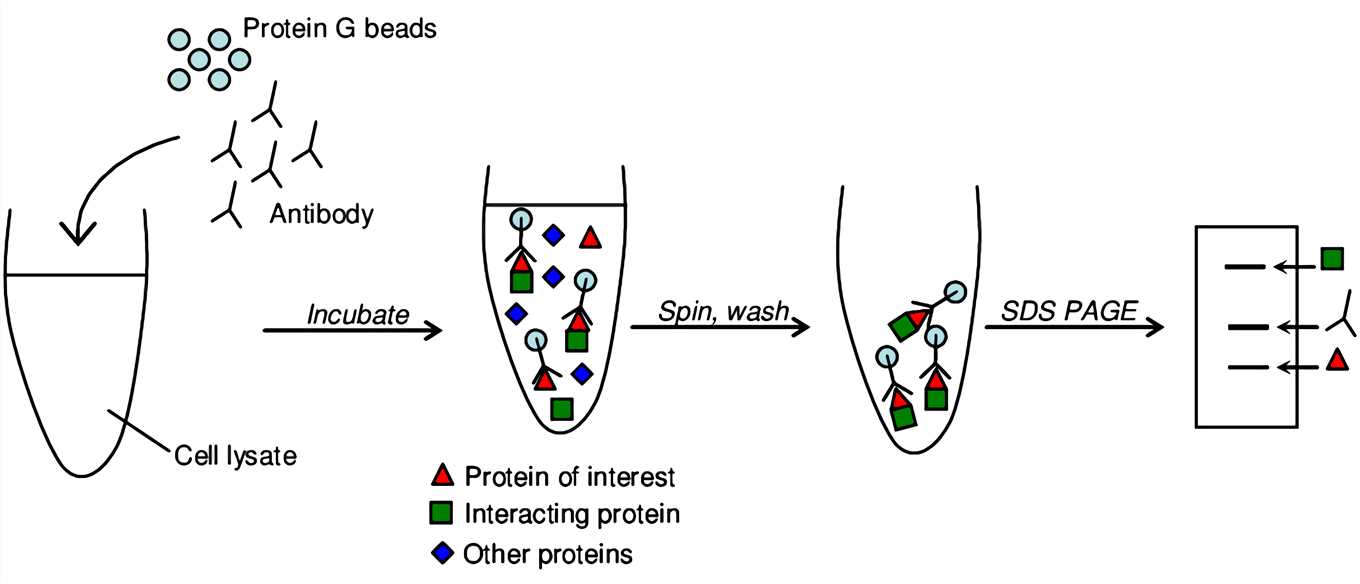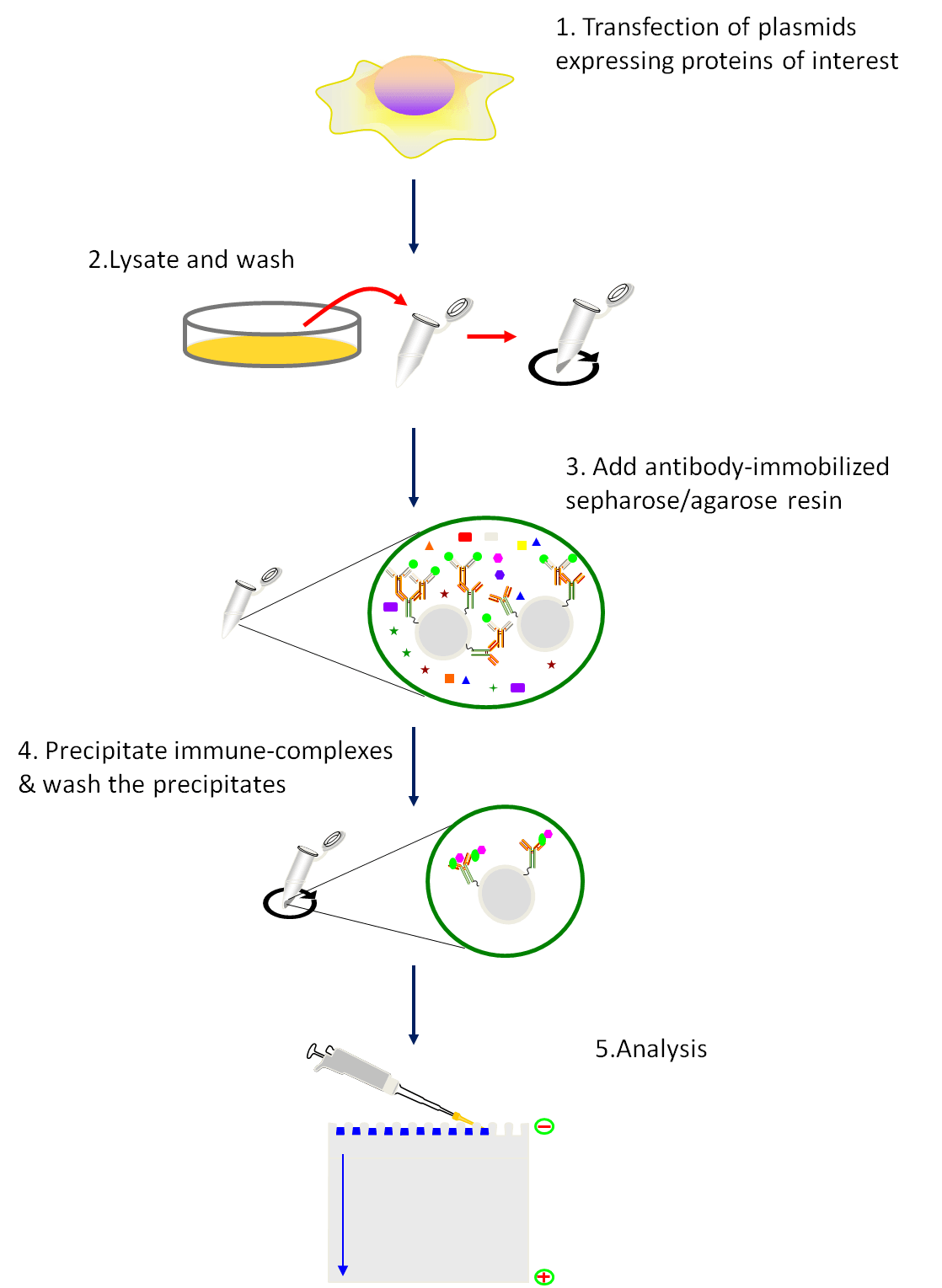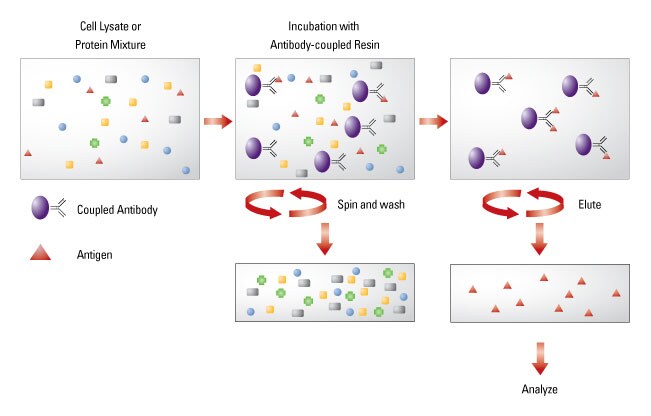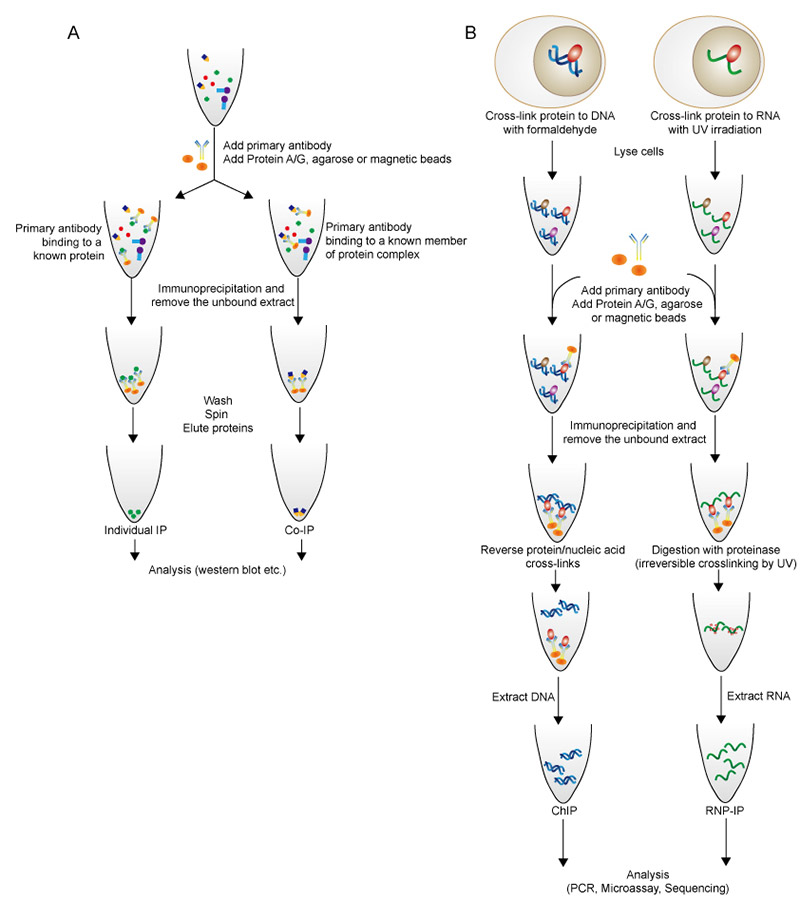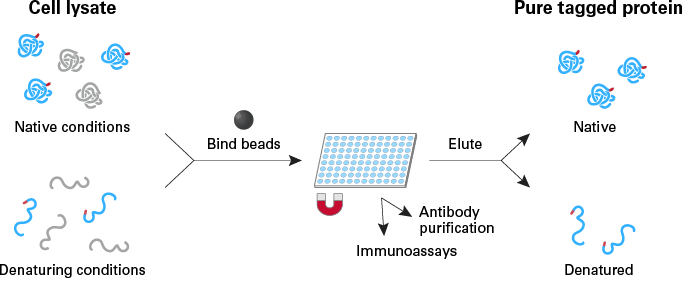
Native Isolation of 3×HA‐Tagged Protein Complexes to Characterize Protein‐Protein Interactions - Lim - 2021 - Current Protocols - Wiley Online Library
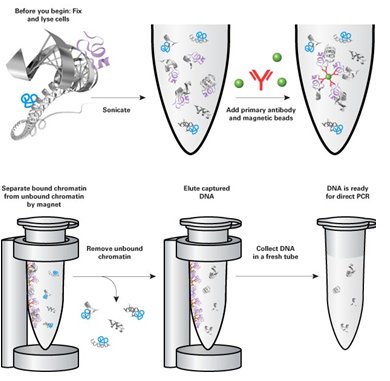
Chromatin immunoprecipitation (ChIP) is used to determine the location of DNA binding sites for a particular protein of interest, in order to understand the protein-DNA interactions that occur inside the nucleus of living cells or tissues. ChIP is particularly ...

Co-immunoprecipitation and semi-quantitative immunoblotting for the analysis of protein-protein interactions: STAR Protocols

Co-immunoprecipitation (Co-IP) is used to pull down an entire complex of intact protein complexes in order to identify unknown members of the complex. The EpiXplore Co-Immunoprecipitation Kits are designed to evaluate protein-protein complexes, either ...


